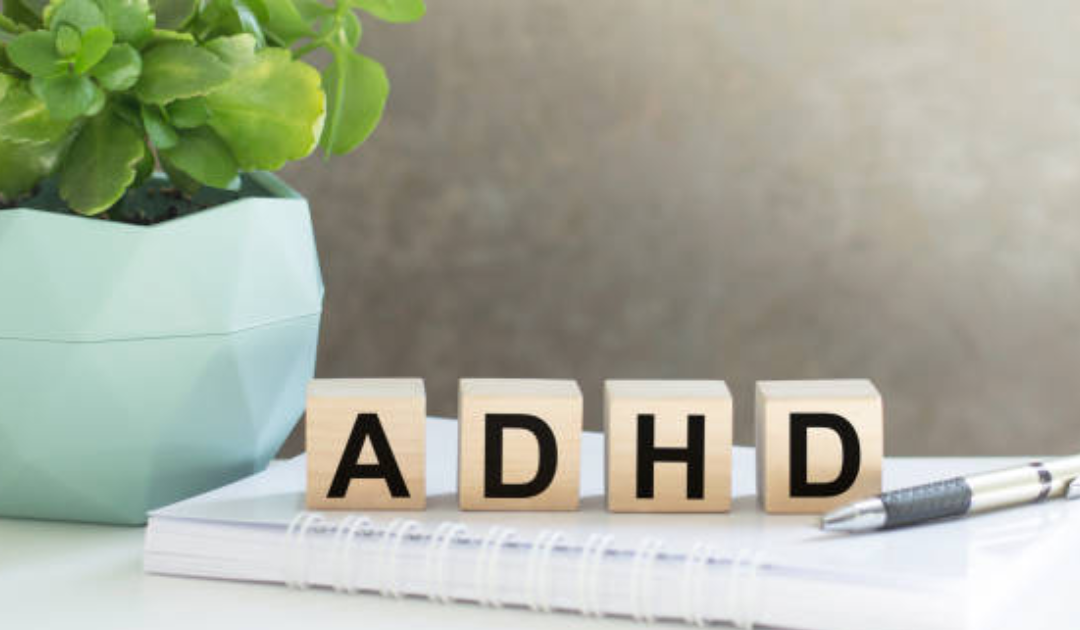
Attention deficit hyperactivity disorder, abbreviated to ADHD, encompasses three main groups of symptoms: attention deficit, hyperactivity, and impulsivity. Ignoring details, difficulty maintaining attention, problems with organizing and completing tasks, avoiding tasks that require sustained attention, forgetfulness, losing various objects are all among the symptoms.
ADHD does not mean mental disability!
Attention deficit hyperactivity disorder (ADHD) is a neurodevelopmental disorder that affects a person’s ability to pay attention, control impulsive behaviors, and regulate activity levels. It is usually diagnosed in childhood, although it can continue into adulthood.
Symptoms of ADHD may include difficulty paying attention or following instructions, impulsivity, and hyperactivity. People with ADHD may have difficulty completing tasks, following rules, or controlling their behavior in social situations.
The exact cause of ADHD is not fully understood, but it is thought to be related to abnormalities in brain development and function.
It seems more and more likely that ADHD is a nutritional problem Check the article about this topic HERE
Characteristics of autism
Nevertheless, some signs can help you recognize this disorder, so if you come face to face with it, you will understand better why an autistic young person does what they do. You will also be able to behave appropriately in the situation.
First, most autistic children avoid the company of others, preferring to be alone because they usually have difficulty communicating with others because they find it difficult to understand the hints and metaphors that other people use daily. Facial expressions do not necessarily mean the same to them as they do to others. To adapt, they need to learn these key cues.
The other big difference lies in the perception of autistic people: many of them report contains much information from their senses, often overwhelmed and confused. In fact, we are also exposed to the same number of stimuli, but our brain classifies and filters them according to their importance. That’s why we don’t become aware of every stimulus – only as much as our brain can still process.
Symptoms of ADHD may include
- Difficulty paying attention: Individuals with ADHD may have difficulty paying attention to tasks or activities, especially those that are not interesting or stimulating.
- Difficulty controlling impulsive behaviors: Individuals with ADHD may have difficulty controlling their impulsive behaviors, such as interrupting others or acting without thinking.
- Excessive levels of activity or restlessness: Individuals with ADHD may be excessively active or restless, and may have difficulty sitting still or engaging in quiet activities.
- Difficulty maintaining attention during tasks or games
- His mind seems to be elsewhere, even when there are no distractions
- Avoids, dislikes, or is reluctant to participate in tasks that require sustained mental effort
- He is often forgetful in his daily activities
- He overlooks or does not notice details, inaccuracy during work
- It is often difficult for him to organize tasks and activities
- He starts tasks, but quickly declines and is easily distracted
- Often loses things needed for tasks or activities
Hyperactivity and impulsivity symptoms
- Too much talk
- Interrupts others or behaves intrusively
- Often runs or climbs on things in situations where it is inappropriate
- Walks up and down or taps his hands/drums his feet or nestles in place
- He often leaves his seat in situations where he should be sitting still
- It’s hard to wait
- Often unable to play quietly or be still during leisure activities
- He often has “could go” or “like he was pulled over”.
- Says the answer before the question is finished
Treatments of ADHD
- Behavior therapy: Behavior therapy can help individuals with ADHD develop strategies for managing their symptoms and improving their behavior.
- Family therapy: Family therapy can involve involving family members in treatment to help support the individual with ADHD and improve communication and relationships within the family.
- Group therapy: Group therapy can provide a supportive environment for individuals with ADHD to share their experiences and learn from others.
- Physical exercise: Regular physical exercise has been shown to improve symptoms of ADHD. Activities such as running, jumping, or playing sports can help to burn off extra energy and improve focus.
- Yoga and mindfulness: Yoga and mindfulness practices can help children with ADHD to focus on the present moment and regulate their breathing, which can be beneficial for managing symptoms such as impulsivity and hyperactivity.
- Brain breaks: Short, structured activities that allow children to take a break and shift their focus can be helpful for managing symptoms of ADHD. This could include taking a quick walk, doing a simple puzzle, or playing a quick game on a tablet.
- Social skills training: Children with ADHD may struggle with social interactions and may benefit from learning social skills such as making friends, participating in group activities, and learning how to communicate effectively with others.
IMPORTANT
If your child shows the symptoms of ADHD check his nutritional deficiency. Read this article to know where to start:Nutritional deficiencies in ADHD
Resources
- https://semmelweis.hu/mediasarok/2017/04/20/a-figyelemhianyos-hiperaktivitas-zavar-jol-kezelheto-ezert-is-fontos-a-korai-felismeres/
- https://onlinepszichologus.net/blog/a-figyelemhianyos-hiperaktivitas-zavar-tunetei/
- https://www.hazipatika.com/betegsegek_a_z/hiperaktivitas_adhd_figyelemhianyos_hiperaktivitas-zavar


